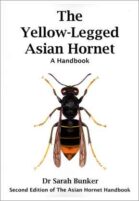
click image to zoom
Yellow-legged Asian hornets cause three important problems for humans: they love eating bees, especially honey bees; if you get too close to a nest they can be very aggressive; and they are voracious predators of our native insects. There has been much research since I published the first edition in 2019. This updated and expanded version is divided into three…
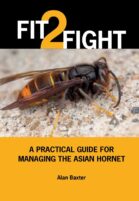
click image to zoom
Asian Hornets are here to stay, but it’s not the end of the world. It’s not the end of beekeeping. But it could be the end of beekeeping as we presently know it. For our bees to survive the ravages of predation by Asian Hornets, and to continue to thrive, we may need to change the way we keep our…
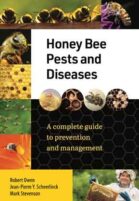
click image to zoom
Written by three scientists with extensive beekeeping experience, and suitable for both hobby and professional beekeepers, this is the essential reference for diagnosing and managing honey bee diseases and maintaining honey bee health. Detailed chapters, illustrated with numerous photographs and diagrams, cover: • integrated pest management (1PM) • Varroa • viruses • brood diseases • adult diseases • mites and…
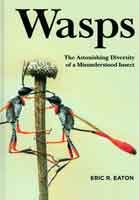
click image to zoom
Wasps are far more diverse than the familiar yellowjackets and hornets that harass picnickers and build nests under the eaves of our homes. These amazing, mostly solitary creatures thrive in nearly every habitat on Earth, and their influence on our lives is overwhelmingly beneficial. Wasps are agents of pest control in agriculture and gardens. They are subjects of study in…
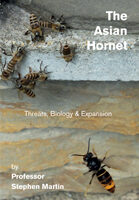
click image to zoom
The accidental introduction of the Asian hornet or more accurately the yellow-legged hornet into France and South Korea over ten years ago and its subsequent spread to neighbouring countries has been worrying both governments and beekeepers alike. Many people are now seeking more information on this new threat to our beloved honey bees. Hornet biology is very different to that…
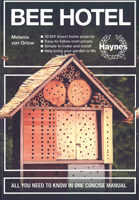
click image to zoom
Solitary bees and other beneficial insects need our help, not just on an international level but in every domestic garden, courtyard and balcony. Creating little homes for insects to lay their eggs in is a really easy way to help the insect population, and at the same time bring wildlife diversity and plant propagation to your outdoor spaces. This book…


